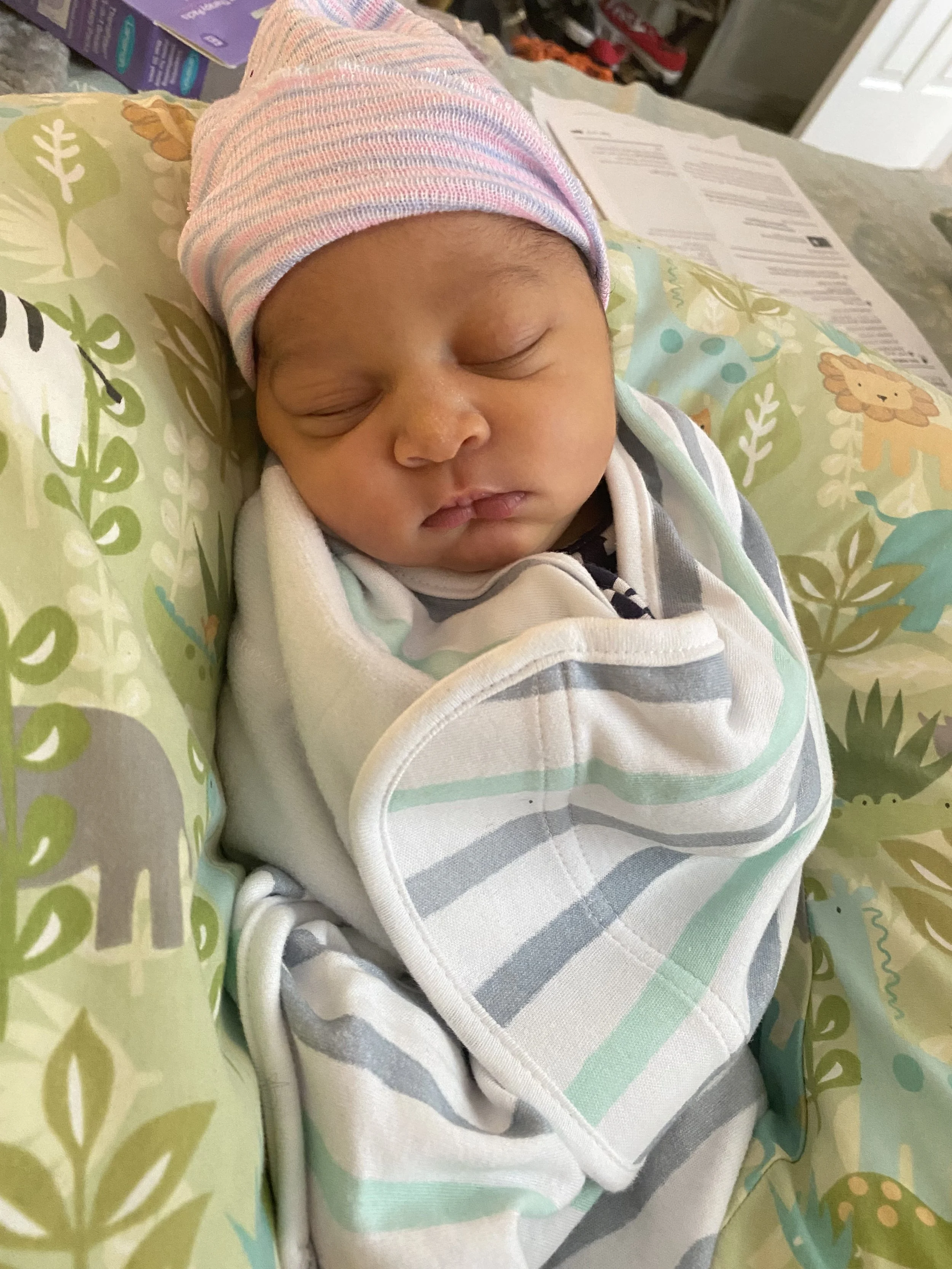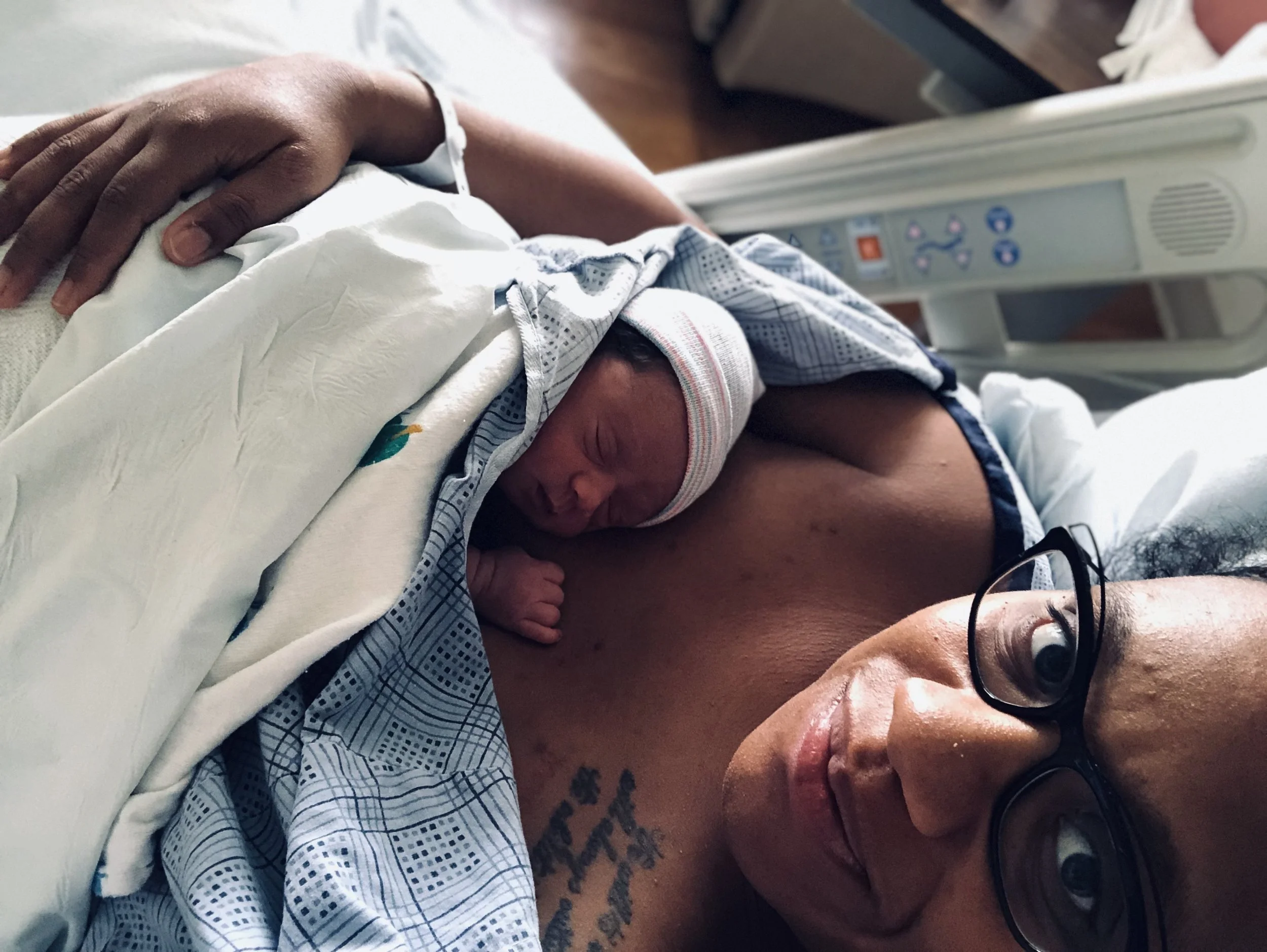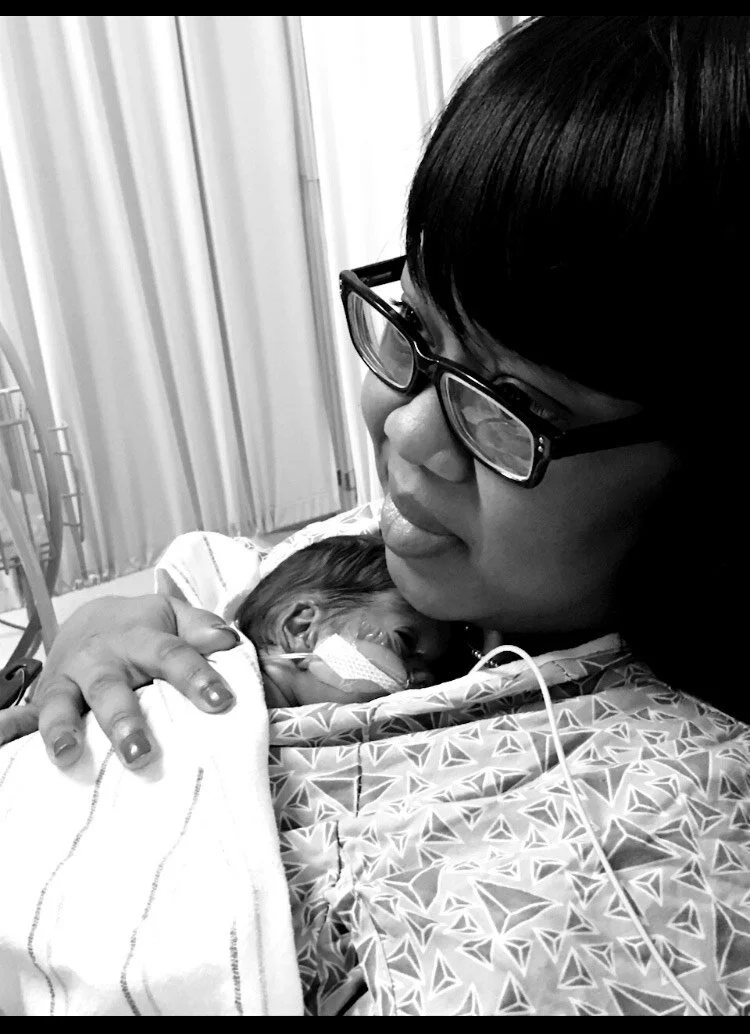Before meeting her partner Tony, Brittany Turner didn't think it would be possible for her to have children. After suffering three miscarriages, she had been on a journey to understand the cause of her losses. There is undergoing bloodwork, genetic testing, and numerous ultrasounds, with no definite answer. So when she and Tony decided they were ready to expand their family together, they were pleasantly surprised when she became pregnant. But having both experienced the loss of children, they both were carrying an immense amount of anxiety, at times causing tension between them.
At 34 weeks pregnant - the longest pregnancy she had carried, Brittany noticed that her Braxton Hicks contractions were coming quite frequently. There was an uneasiness that something wasn't right that she was holding. Brittany decided that she would sit with the feeling throughout the night and see how she felt in the morning. But in the morning, the contractions and feelings were still there, accompanied by a small amount of bleeding. Sharing this with Tony, they both decided going in for monitoring would be best.
They did not expect that monitoring would shift to the need for an emergency surgical birth. Brittany reflected that nurses began rushing into her room without warning, explaining to her that due to her son's heart rate dropping, they were going to need to take her to the operating room (OR). Having to be entirely under anesthesia, the last thing Brittany remembers is saying a prayer to God to keep her and her son safe. She awoke, wondering what had happened and where her baby was. And when she was reunited with Tony, he placed their son on her chest - her son placed his little hand on her cheek. A sign that Brittany says was her son telling her that her prayers were answered, and they were ok.
Read More


















